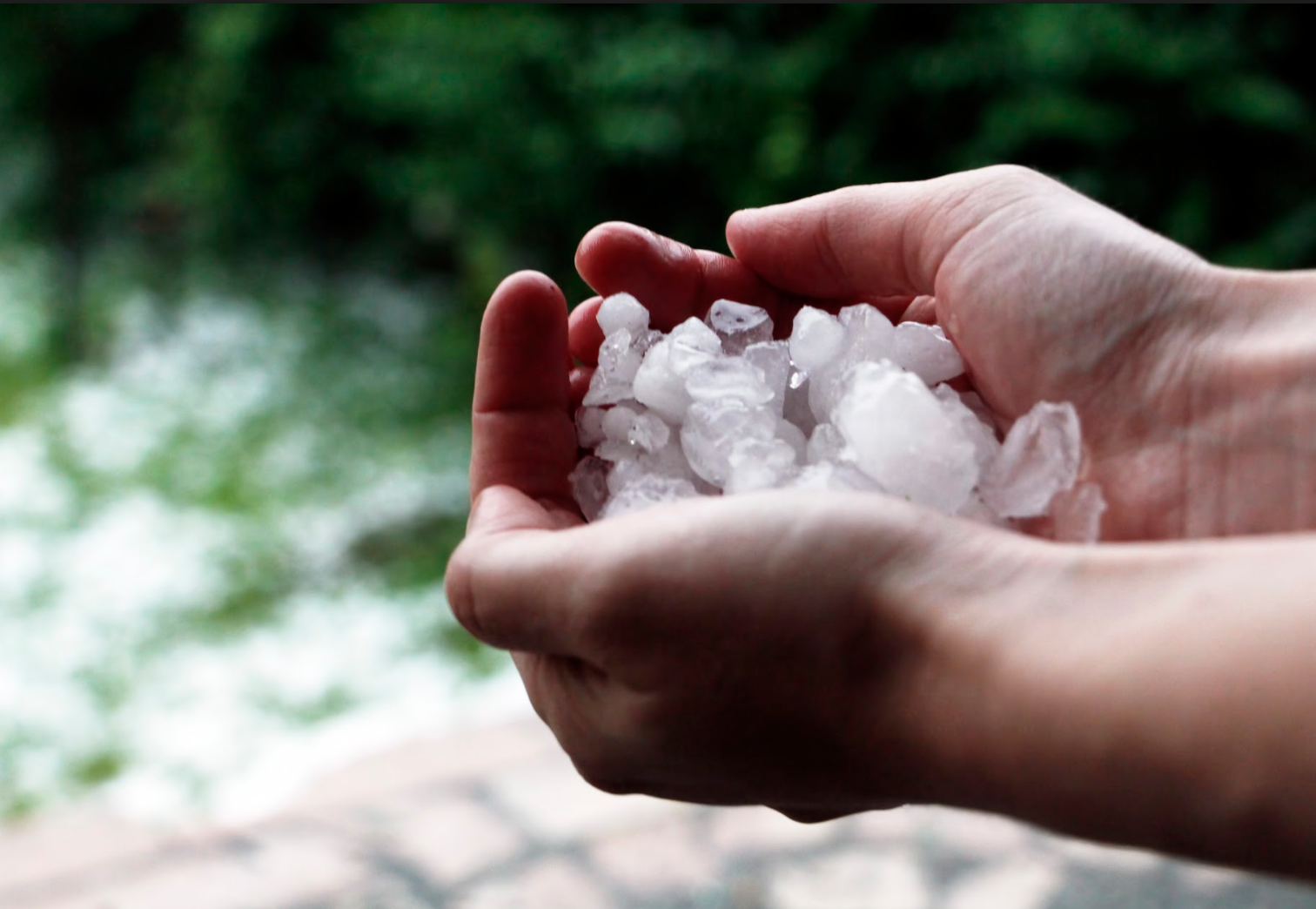Your Ice Dam Questions Answered!
 The best part about owning a home is that you have a place to make your own and to protect you and your family from the elements. Homeowners sometimes forget that a home also needs to be protected from the elements. Whether you live in a warmer climate or a cooler climate, our home is on the front lines protecting what is inside. Extreme heat can damage your home, but homes that face harsh winters can sometimes require a little more maintenance.
The best part about owning a home is that you have a place to make your own and to protect you and your family from the elements. Homeowners sometimes forget that a home also needs to be protected from the elements. Whether you live in a warmer climate or a cooler climate, our home is on the front lines protecting what is inside. Extreme heat can damage your home, but homes that face harsh winters can sometimes require a little more maintenance.
What is an ice dam?
Every home can be at risk of falling victim to the destruction of ice dams. To describe an ice dam in simple terms, it is a wall of ice built up in a home’s gutters that stop water (melted snow) from being directed of your home’s roof away from your home to prevent water damage to both the exterior and interior of the home.
How is an ice dam formed?
Any home that is in a colder climate is heated somehow (unless you live in a cave and you’re covered in fur). Hot air rises and cold air sinks which is why basements are cold and the upstairs apartment you 1st rented was always hot. Because we heat our homes during the cold winter months, the hot air rises to the homes attic which can potentially melt any snow that has built up on the home’s roof. The melted snow freezes inside of the gutters that are supposed to direct the excess water away from the home, the ice then grows larger and heavier.
What kind of damage could ice dams do to a home?
Ice dams can cause various amounts of damage to both the interior and exterior of a home. Here are a few potential damages that ice damming can do to a home:
- Sagging Ceilings
- Warped Gutters
- Soggy Insulation (which can lead to mold or mildew)
- Loose Shingles (weakened roof)
- Water Damaged Interior Walls
- Weakening to a Home’s Siding (water can build up, freeze, and expand pushing the siding away from the wall of the home)
How can I prevent ice damming?
- Make sure there are no “leaks” in your attic. The reason why there is insulation on the attic floor and possibly the ceiling too, is to prevent heat from rising through the attic floor. It is important to make sure that there are no holes under or in the insulation causing air to more past your attics flooring.
- Remove snow from the roof of your home so that it cannot melt and freeze in the home’s gutters. This is usually done with a plastic rake (a metal shovel might damage parts of the roof making the flexibility of the plastic rake that best choice to avoid damage). The rake pictured is available at HomeDepot.com for $6.98.
- Some home owners have found success with filling panty hose with calcium chloride to help melt (prevent) ice from forming inside the home’s gutters. To do this, you can cut the “leg” parts of the panty hose off giving you two “bags/legs” to fill with calcium chloride leaving enough of the panty hose remaining at the opening to tie off to avoid the calcium chloride from spilling out. Space the panty hose filled legs inside the gutters spaced out enough to prevent any freezing within the full length of the home’s gutter system.
- Heating cables can be installed at the edge of the roof to avoid melted snow from running off of the roof and freezing up at the roof’s edge.
Ice damming can be prevented with a little elbow grease or just regular home inspections or updates. Your home is one of the largest investments you might ever make. Take care of your home and it will take care of you and everything else under its roof!


